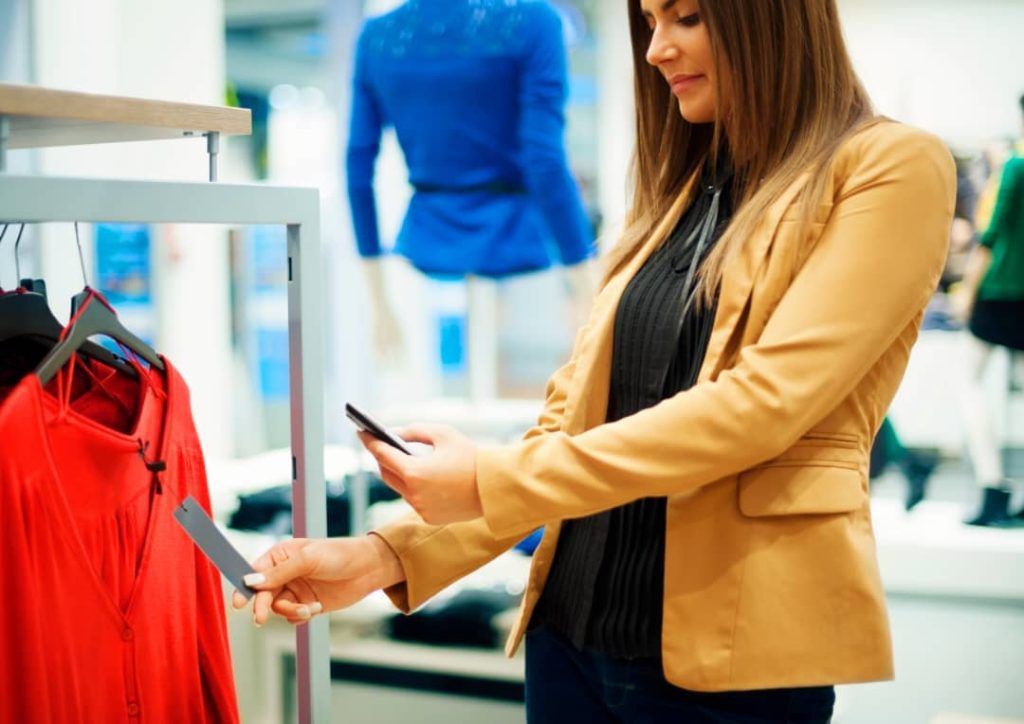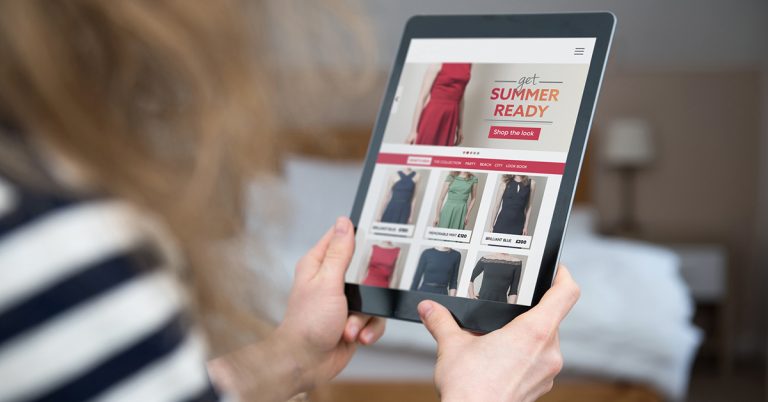Shoppers nowadays are geared up to scan QR codes or check reviews online whenever they visit a brick and mortar store.
Shopping trends today revolve around a standard mix of shopping methods: eCommerce, social media, and brick and mortar shops. While eCommerce and subsequently social media commerce has grown by leaps and bounds recently, all of these buying habits – known as omnichannel shopping – are each here to stay and grow in an upward trajectory.
Intrigued? Lazada Insider recently spoke to brand leaders of omnichannel retail. They provided insights on leveraging and capitalizing the trend, sharing 7 ways to attract target customers to buy on both your eCommerce and brick and mortar stores:

The distinguished speakers clockwise: Meyer Cookware Australia Managing Director Richard Millson, Synagie Omni Channel Chief Business Officer Neo Tze Siang, and Mentholatum Singapore Business Director Lynn Yeo.
1. First impressions matter
First impressions matter regardless of whether you meet a person or view a brand for the first time. It is clear that an online presence not only builds reputation but also shows customers the fantastic products that you offer.
Richard Millson, MD of Meyer Cookware emphasizes the importance of digitizing a purchasing experience wherever customers are shopping. Have good content at your website landing page or homepage in the form of qualitative videos and reviews.
You need not fret about spending a fortune or taking on a difficult journey trying to build a great website. Lazada storebuilder enables you to build user-friendly eCommerce features and even has a full suite of lessons on Lazada University guiding you to build a free landing page for your online store.
Additionally, Lazada has an impressive Google-friendly search algorithm. Run a Google search and you may realize that eCommerce platforms such as Lazada with products related to the word that you searched for will pop up at the top.

Extending the aisle of your brick and mortar store with a scannable QR code at the end is a brilliant way to include sizes and colors that are lower in demand.
2. Convenience is key
We all enjoy a buying process without any hurdles. It can be frustrating when a product or payment option that we prefer is not offered. Thus, it is essential to build an omnichannel purchasing path that is effortless and hassle-free.
Neo Tze Siang, CBO of Synagie Omni Channel states that multiple channels promote 90% chance of consumer retention with 2.5x chances that a consumer will buy more as opposed to a single retail platform.
One quintessential example is Richard Millson’s experience with a shoe brand extending the aisle in its brick and mortar retail store. A shoe color that cannot be found during his visit is readily available in the shoe brand’s online store. The result? Richard feels that the brand is looking after him, successfully enabling him to understand what the brand is all about.
3. Product value is king
With so many competitors especially in fast moving consumer goods such as beauty products, skincare, and fast fashion, it is easy to fade into the crowd.
To stand out, Neo advises sellers not to simply list down 10 product benefits but rather focus on one key strong unique selling point (USP) that cuts through the clutter. Additionally, he emphasizes on a consistent omnichannel brand message. Further asserting that statistics show 80% of shoppers go online to find out more while browsing online and 50% of shoppers are influenced by online information.
Pro tip: Your brand representation, logo, and marketing efforts should be easy to understand. Look for clean, crisp, and concise benefits that address your target buyer’s needs or wants.
4. Design great deals and loyalty programs
Price competitiveness is the true King in omnichannel shopping. Nonetheless, you can unleash the power of persuasion by introducing captivating deals and cleverly designed loyalty programs. Here’s how:
(i) Prompt customers to sign up for an online loyalty program when they are making a payment at your brick and mortar store.
(ii) Offer a “store pickup” option for buyers who check out items on eCommerce platforms such as Lazada.
(iii) Set price tiers where your real life store has slightly higher prices as opposed to your online store. This way, customers are beguiled to constantly check your online store for the best deals of the week.
One way to integrate offline-online experiences is placing a QR code in-store. If your eCommerce store is on Lazada, visitors who pop into your real life shop are prompted to buy. They can scan QR codes from Lazada that link them to claim exclusive vouchers and unbelievable mega discounts for the upcoming sales celebrations such as 9.9 or 11.11.
Pro tip: Price differentiation will not confound the customer. Rather, they will be more interested to keep browsing your online store to catch deals that otherwise cannot be obtained online.

A family enjoys watching a show together. Identifying the needs and wants of each member of a typical family unit can be powerful in upscaling sales.
5. Identify what your target buyers want
Figuring out what your target buyers are looking for is key in designing your omnichannel marketing efforts. Neo asserts that the two key fundamental drivers of customer choice are basic needs and entertainment.
If your target buyers are families, look into basic necessities that also add lifestyle value such as breathable clothing, skincare, and minimalistic furniture. Elements of convenience and comfort come into play.
Next, think of the latest trends where Neo states “tends to have a mix of logic and emotion.” The latest teenage fashion modeling after Billie Eilish’s style may not be necessary or timeless. Nonetheless, young girls still buy these clothing in bulk usually because they love Billie or they wish to fit in with their friends.
Some clear trends: During lockdowns, a demand for pet accessories, cooking items, and lounge outfits surged. Now as offices and events resume, office wear and formal dresses or suits are all the rage.
6. Give quality customer service
Customer service is vital to keep buyers interested and to create a friendly brand impression. As Lynn Yeo, Mentholatum Business Director states, recruit the right talent or upskill your current team members. Basics include activating an automatic chatbot across your eCommerce and social media platforms.
7. Commitment is essential
Last but not least, you must be in for the long haul to succeed in omnichannel retail. As Lynn points out, it is more harmful to start and abandon halfway than to not start at all. Once you catch the omnichannel market, just keep swimming.
In essence, the buzzword today is “pivot.” As Lynn expresses, one must promote and sell anywhere customers are buying. Go to where your target market is already spending their time, such as social media.
Start small, learn quickly, unlearn anything that doesn’t work. Be curious, be brave, and hire the right people.
Head over to howwesell.asia’s Lazada Insider page for more insightful podcasts on the world of commerce.









